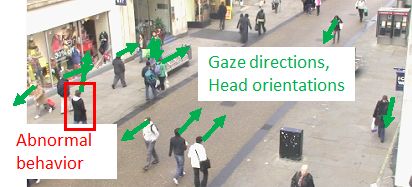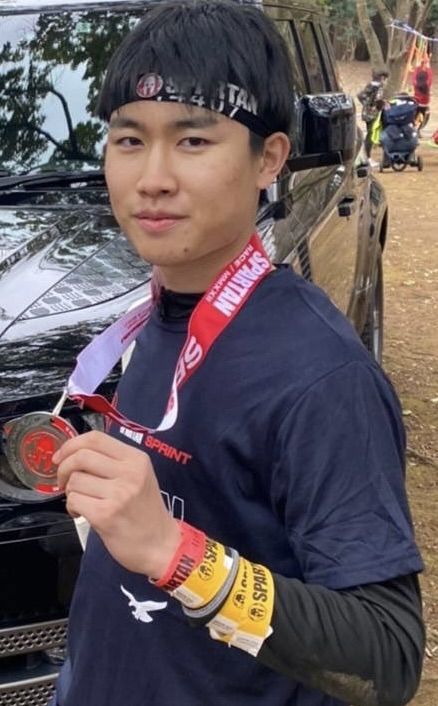Intelligent Information Media Lab
Established in October, 2016.
Research overview
Our research themes conver a range of basic technologies and
applications for intelligent information-media systems that support
people in daily life.
As the basic technologies, computer vision, image understanding, and
other multi-media sensing and recognition techniques are widely
studied.
In addition, machine learning including deep neural networks for the
big multi-media analysis is important.
These basic techniques are employed for various real-world systems for
human sensing, human modeling, and human support.
-
Image enhancement such as Super resolution:
Images taken with a camera include various defects such as distant objects appearing small (difficult to recognize), blurring when the camera or subject moves, and objects that you do not want to see. These deficiencies interfere both when a person sees an image and when a machine sees the image and recognizes something. We study image enhancement technology to solve these problems.
Online demo of Single-image Super-resolution

-
Human activity recognition with big data learning:
For human pose, motion, and activity recognition, we utilize not only training data given by manual annotations but also unsupervised data (e.g., images, videos, and texts in the Internet) in order to improve the performance.

-
Human group and crowd analysis:
Activities of human group and crowd are analyzed for recognizing highly-contextual events in the real world.


-
Human motion sensing and 3D animation synthesis:
Natural motions of a human body are measured by optical sensors (i.e., cameras). These motion are modeled by machine learning in order to explore individual characteristics and skills. The model is applied to 3D human animation synthesis.


-
Video recognition for inside and outside vehicles:
For smart vehicle control, we develop activity and condition recognition methods for passengers and pedestrians.

-
Multi-media modeling and its applications to intelligent robotics and Quality of Life technologies:
Various physiological data and physical body data are mutually analyzed. For example, we are interested in temporal smooth motions in human gait patterns and human cognitive and physical changes for a long term.

Image enhancement such as Super resolution:
Images taken with a camera include various defects such as distant objects appearing small (difficult to recognize), blurring when the camera or subject moves, and objects that you do not want to see. These deficiencies interfere both when a person sees an image and when a machine sees the image and recognizes something. We study image enhancement technology to solve these problems.Online demo of Single-image Super-resolution

Human activity recognition with big data learning:
For human pose, motion, and activity recognition, we utilize not only training data given by manual annotations but also unsupervised data (e.g., images, videos, and texts in the Internet) in order to improve the performance.
Human group and crowd analysis:
Activities of human group and crowd are analyzed for recognizing highly-contextual events in the real world.

Human motion sensing and 3D animation synthesis:
Natural motions of a human body are measured by optical sensors (i.e., cameras). These motion are modeled by machine learning in order to explore individual characteristics and skills. The model is applied to 3D human animation synthesis.

Video recognition for inside and outside vehicles:
For smart vehicle control, we develop activity and condition recognition methods for passengers and pedestrians.
Multi-media modeling and its applications to intelligent robotics and Quality of Life technologies:
Various physiological data and physical body data are mutually analyzed. For example, we are interested in temporal smooth motions in human gait patterns and human cognitive and physical changes for a long term. For more detailed information, see here.
For more detailed information, see here.
Professor
Researcher
D
M2
Taito Naruki

Riku Miyata

Fuma Yasue
M1

Tomoharu Aizu

Hiromu Taketsugu

Katsuki Shimbo
B4

Kyotaro Tokoro

Kazuki Matsumoto

Shunsuke Hiraga

Yota Urano






















